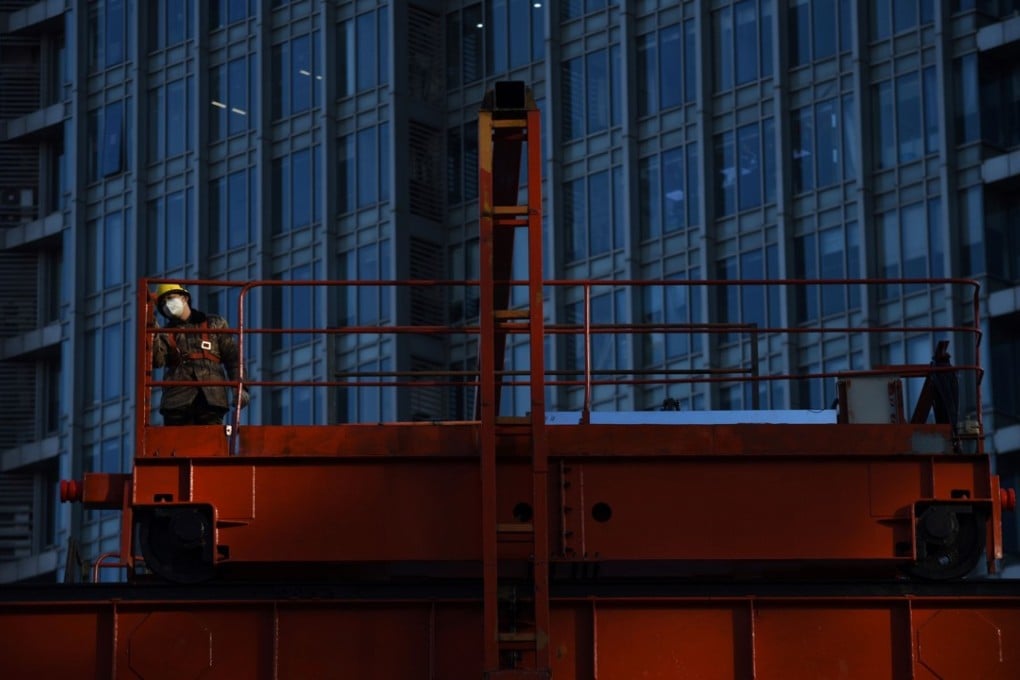China’s economic growth will stabilise – just not in 2018
Yu Yongding says optimistic growth forecasts for the Chinese economy overlook the degree to which slowing fixed-asset investment – though good for the long-term health of the economy – will affect near-term prospects, amid a host of financial risks

For the past decade or so, China’s economy has been on something of a roller-coaster ride. As 2018 begins, is the country approaching a new ascent, a steep drop, or something in between?
CCXI chairman expects China’s economic growth to slow to 6.7pc in 2018

I am less sanguine. For decades, fixed-asset investment was the main driver of growth, accounting for almost half of total demand. Its share of China’s gross domestic product today exceeds 50 per cent, while investment calculated as residual capital formation accounts for some 45 per cent of GDP.
Optimism about China’s economic growth in 2018 is not warranted. But this does not mean that China’s prospects are altogether dismal
Yet, since late 2013, investment growth has been declining steadily. In the first three quarters of 2017, fixed-asset investment grew at an average rate of just 2.19 per cent year on year. In the third quarter, investment growth was actually negative, at minus 1.1 per cent. China has not seen such lows in decades.
From the perspective of structural adjustment, China’s declining dependence on fixed-asset investment should be hailed as an achievement. But it will be very difficult for China to sustain aggregate demand amid weakening investment growth.
